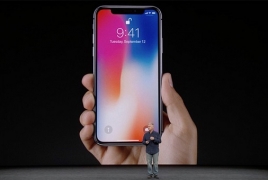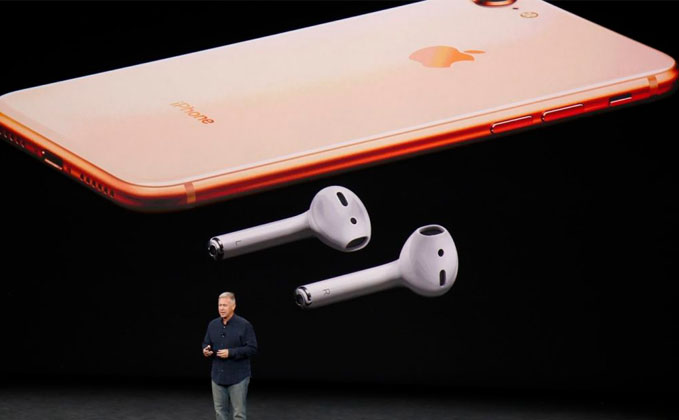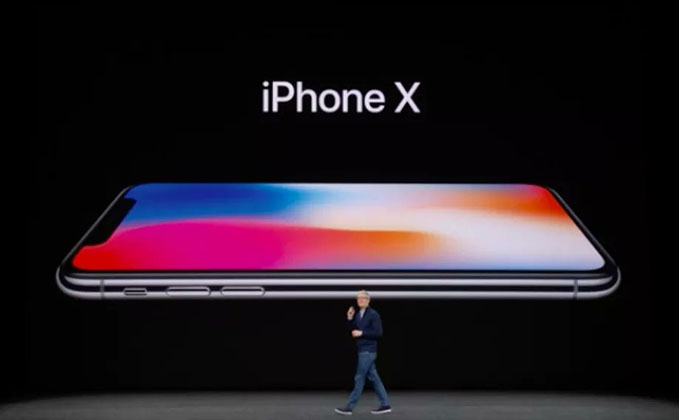
Apple unveiled the iPhone 8 and 8 Plus, as well as the much-anticipated iPhone X at its annual September event on Tuesday, September 12, and thankfully the less expensive iPhones of the three announced won’t totally break the bank.
The iPhone 8 will start at $699 while the iPhone 8 Plus starts at $799, both at 64GB configuration. They will both be upgradeable to a 256GB model. The iPhone 8 has a 4.7-inch display while the iPhone 8 Plus has a 5.5-inch display.
The first two phones are made from glass and aluminum and are water-resistant. They include an HD retina display, stereo speakers with deeper bass, A11 bionic chip, Apple’s own GPU, and 12MP dual cameras. Most notably, they are now capable of wireless charge, which will work with any Qi-capable charging pad.

The new phones be available in three colors — silver, space gray, and gold. Apple will open preorders on September 15 and the phones are expected to be in stores on September 22nd.
The iPhone X (pronounced "iPhone ten") is also real. It will start from $999, pre-orders will begin on October 27, while shippings will start on November 3.
CEO Tim Cook unveiled the biggest redesign of the iPhone in the Steve Jobs theater at Apple's brand-new campus. As expected, the phone is dominated by a massive screen that takes up the entire front of the display. Just like Samsung's Galaxy S8, the bezels are barely there, though the iPhone X has a slightly odd "cut-out" at the top of the phone to allow for the front-facing camera and sensors. The lack of bezels means the phone isn't that much bigger than the iPhone 7.

The "super retina" display is 5.8 inches with a 2436 x 1125 resolution -- that works out to 458 pixels per inch, by far the highest ever seen on an iPhone. Phil Schiller also notes that it's an OLED screen, the first that's "good enough" for an iPhone. The screen supports HDR, and naturally includes 3D Touch technology and the "true tone" display on the iPhone 8 and iPad Pro.
To accommodate this giant display, Apple has ditched the home button and touch ID. Given that every iPhone has had a home button, this change might even be a bigger deal than the bigger screen. The phone is wrapped with stainless steel and has glass on the front and back; surprisingly, it only comes in two finishes (silver and black).
To replace Touch ID, the iPhone X is locked until you look at it and it recognizes you. Apple is calling this "Face ID." It uses the front-facing camera as well as other sensors, including an infrared sensor, flood illuminator and dot projector to unlock the phone. (Apple's calling it a True Depth sensor.) It'll update your face scan frequently to account for changes like haircuts, hats and beards. Schiller says it's a one in a million chance that someone else's face would unlock your phone, compared to one in 50,000 for Touch ID.

